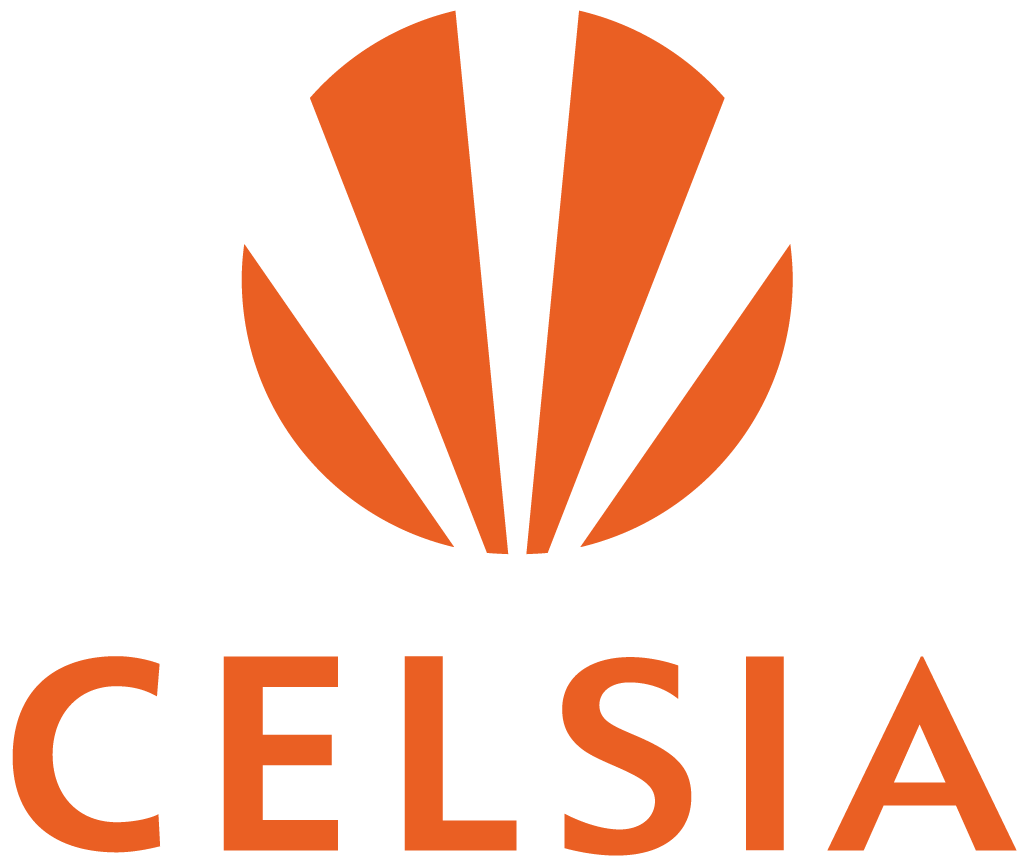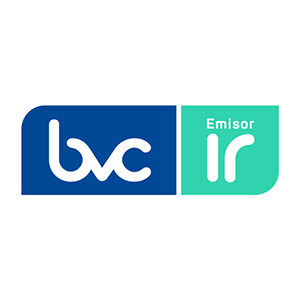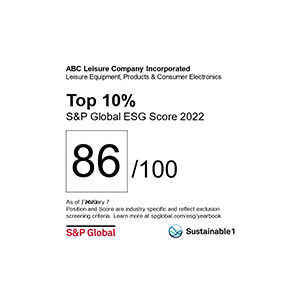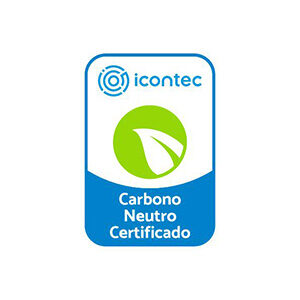At Celsia, we incorporate guidelines for environmental management into our Strategy, which ensure the continuous improvement of performance in this area, within the framework of its Management System and legal compliance.
GRI (3-3) (2-23) Celsia manages its Environmental Strategy through innovative actions for the conservation and efficient use of natural resources, comprehensive management of impacts under the principle of mitigation hierarchy, and due diligence throughout the Value Chain, with the participation of its Stakeholders, striving for the Organization’s permanence over time.
Our Management
GRI (3-3) (2-23) Our Environmental Policy directs the framework of action of our employees for their relationship with Stakeholders; it guides actions based on compliance with environmental standards and regulations and in it we reflect our commitment to continuous improvement and the establishment of goals and objectives to reduce the impacts covering our operations of:
- Power generation (with conventional and unconventional sources);
- Power transmission and distribution processes;
- Commercialization of energy, products and services;
- Waste management (circular economy), suppliers and contractors;
- Operations managed by third parties;
- Due-Diligence Processes, mergers and acquisitions; and
- The development of new projects.
We ratify and continue with the medium- and long-term commitments that we set for ourselves:
- By 2025, Celsia’s Power-Generation Matrix will correspond to 25% with technology from unconventional renewable-energy sources;
- Issuance of carbon credits;
- Conservation of watersheds in the Departments where we are present.
- In 2023, continue with Carbon-Neutral Certification under ICONTEC’s “Guide for Carbon-Neutral Verification and Certification.”
Through our good socio-environmental practices, we have a certification in the ISO 14001 – 2015 s Standard, which ensures that the different activities in the operation and maintenance of our assets comply with current socio-environmental regulations and actions are taken for continuous improvement.
Environmental-Management System
Certification, Verification and Auditing
Environmental-Impact Assessments
During 2022, the National Authority for Environmental Licenses (ANLA, in Spanish) granted us an Environmental License for the construction of a solar farm in the Department of Tolima, Colombia, with a capacity of 100 MW, and, for its part, the Valle del Cauca Regional Autonomous Corporation (CVC), in Colombia, granted us an Earthwork Permit for the construction of a 9.9 MW solar park.
Environmental Investment
The principal activities or projects that were executed through voluntary and mandatory environmental investment in 2022 were:
Volunteer:
- Voluntary initiative for ecological restoration – ReverdeC.
Mandatory:
- Compensation plans for loss of biodiversity;
- Environmental water-quality studies;
- Discharge management;
- Flora and fauna monitoring;
- Limnological studies;
- Follow-up payments from environmental authorities for control and monitoring instruments; internal and external audits of the Environmental Management System;
- Environmental Impact Studies and Environmental Management Plans in the physical and biotic components;
- Community environmental campaigns and environmental education; and
- Socio-environmental legal-compliance assessments.
We have Water Resource-Conservation Programs – such as ReverdeC – and we contribute to scientific and academic knowledge with the dissemination of biodiversity information; we diversify our Generation Matrix to promote unconventional and conventional renewable energy-generation technologies. We contribute to the energy transition in the countries where we are present.
Principal Results in 2022
GRI (3-3) (2-27) (307-1) In the last four years, Celsia has not registered fines or environmental violations derived from the operations and maintenance of all our assets.
We carried out the implementation of a technological platform to consolidate environmental variables, with which data capture is facilitated, and we analyze information for decision making.
We continue with the annual Socio-Environmental Legal-Compliance Assessments, which allow us to mitigate risks and identify opportunities for the operation and construction of assets.
Between 2016 and 2022, we managed to plant more than 12,000,000 trees in 42 municipalities in the Departments of Valle del Cauca, Antioquia and Tolima, in Colombia; we restored more than 6,191 hectares in 32 watersheds and contributed to the conservation of 10 endangered forest species. For 2022, we exceeded our planting goal three-and-a-half years in advance.
We created the ReverdeC Foundation to continue promoting socio-environmental processes of participatory ecological restoration in different ecosystems, generating a positive impact on biodiversity and the social fabric.
Our objectives and goals are aimed at preventing, reducing, mitigating and compensating those impacts that we may cause in our operating environments under the principle of Mitigation Hierarchy and the construction of relationships of mutual respect and value creation with our Stakeholders.
GRI (3-3) Short-, Medium- and Long-Term Objectives:
Short Term(0 to 2 years)
- Expand the scope of certification under the ISO 14001 Standard in Power-Generation Plants and Farms, for Central America and Colombia.
- Guarantee compliance with environmental legislation and management without significant environmental incidents, through our Environmental-Management System.
- Update the goals and environmental indicators for Colombia and Central America.
- Implement the Circular-Economy Strategy throughout the organization.
- Supplier segmentation with ESG criteria.
- Continue working to establish the emissions target under the Science-Based Target Initiative (SBTi) methodology.
Medium Term(3 to 5 years)
- Innovate in the development of strategies, and the mitigation and compensation of the environmental impacts of our operation.
- Implement Celsia‘s Circular-Economy Strategy in suppliers and Joint Ventures for the optimization of the resources impacted in the Value Chain.
Long Term(6 or more years)
- Achieve a net positive contribution to the environment, through the adequate identification and measurement of impacts, and the development of Mitigation and Compensation Strategies.
- Incorporate between 350 and 500 additional MW of renewable energy to our Generation Matrix.
- Plant 50,000,000 trees through the ReverdeC Foundation by the year 2030, with a baseline of 2016.
Environmental Impact Studies (EIS): A basic instrument for decision making on projects, works or activities that require an environmental license and will be required in all cases that require it, in accordance with the law.
Areas of Influence: Areas surrounding our operation centers.
Environmental Management Plan (EMP): A detailed set of measures and activities that, as a result of an environmental assessment, are aimed at preventing, mitigating, correcting or compensating duly identified environmental impacts and effects, which are caused by the development of a project, work or activity. It includes Follow-up, Monitoring, Contingency and Abandonment Plans, depending on the nature of the project, work or activity.
Mitigation Hierarchy: This refers to the sequence of measures designed to manage the negative impacts of a project, work or activity. Its purpose is to prevent environmental impacts, minimize and correct those that cannot be prevented and, as a last measure, compensate those impacts that are impossible to prevent, minimize or correct.






